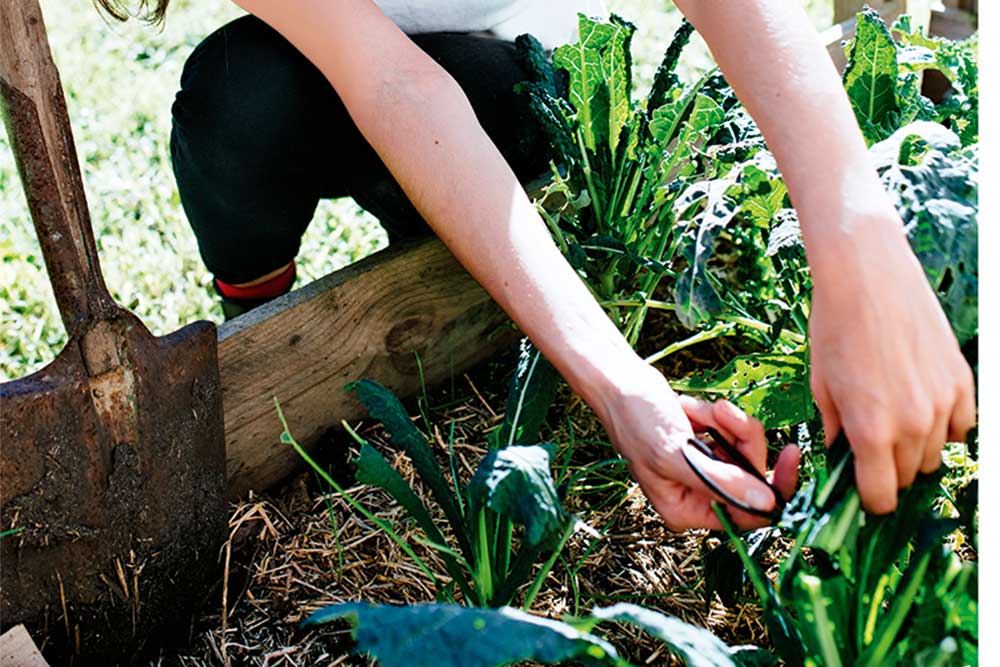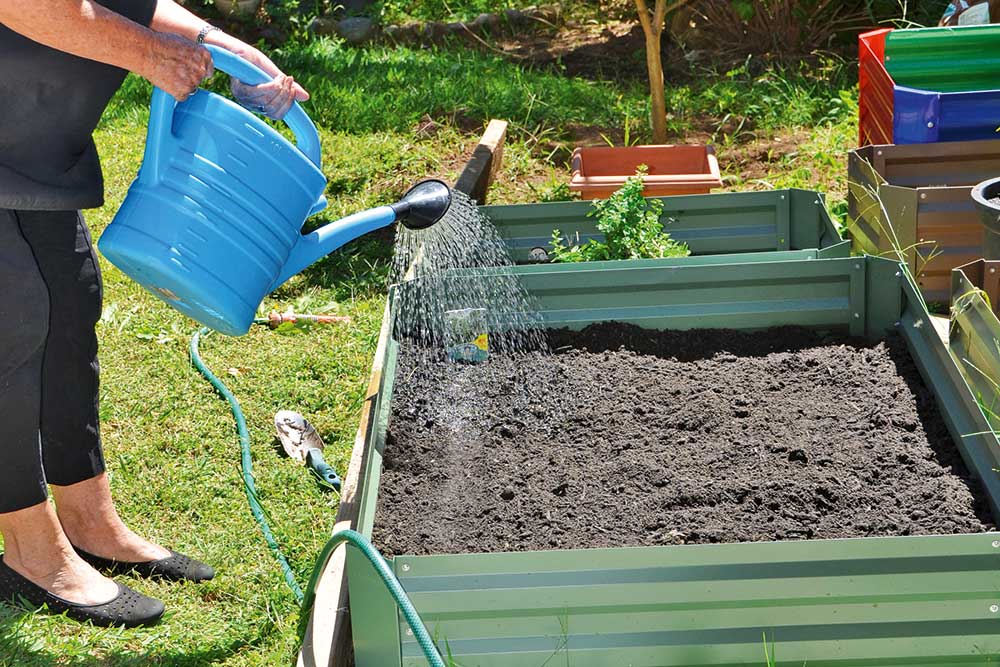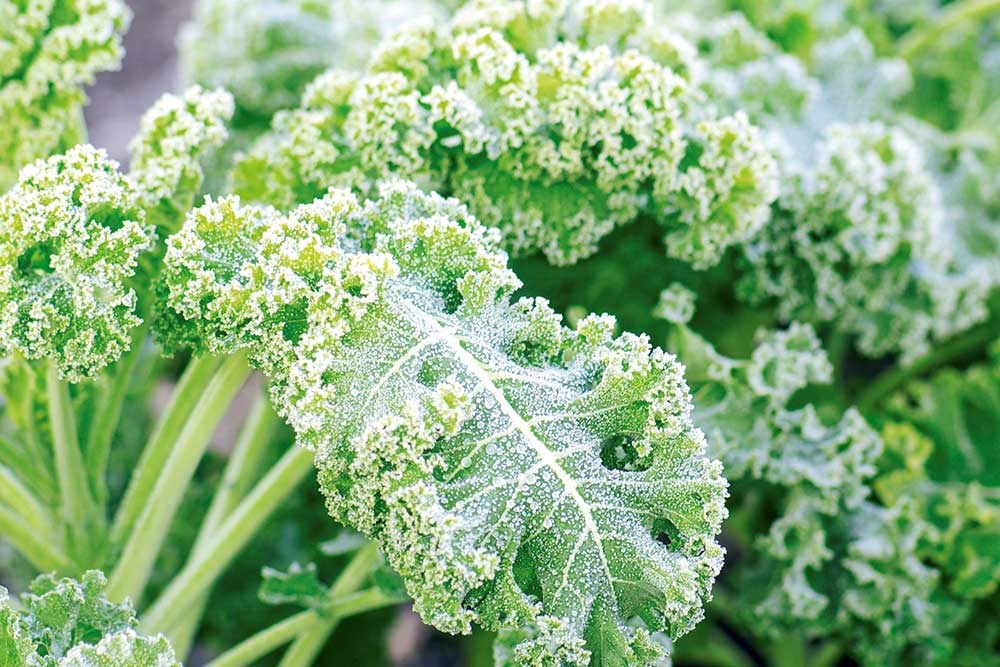How To Grow Kale

Known as a superfood and a nutritional powerhouse, kale is often referred to as the queen of greens.
It deserves the accolades, as kale contains anti-inflammatory, antioxidant, anti-cancer and detox-supporting nutrients.
These include sulforaphane, which may help prevent cancer, vitamins A, C and K, folic acid, iron, potassium and calcium. Kale is also high in fibre.
While kale belongs to the Brassicaceae family, which includes broccoli, cauliflower, Brussels sprouts, cabbage and Asian greens, kale doesn’t form a head like cabbage.
It is a pick-and-come-again vegetable, and regular picking ensures a long cropping period. You’ll be harvesting leaves about 6-8 weeks after sowing seeds.
There are several different varieties, including cavolo nero, also called Tuscan black kale and Italian black cabbage.
Other types of kale have serrated leaves, curly leaves or even purple leaves.

Among its other qualities, kale is said to act as an anti-inflammatory because it contains omega-3 fatty acids. Image: Alamy
Did you know?
Originally from the Mediterranean, where it was also known as borecole, kale is thought to have been one of the first types of brassicas to be cultivated, and was a staple food during the Middle Ages.
Sow seeds
MAKE sure the garden bed is damp and free from weeds, lumps and stones. Create a depression with a trowel at the correct depth for sowing the seeds. This is indicated on the packet.
SPRINKLE the seeds lightly into the depression and cover with soil, before lightly firming down the
soil after sowing.
KEEP the soil damp until the seeds have germinated after about 7-10 days. Thin out the seedlings when they’re about 75mm tall to 300-450mm apart.

Make sure the garden bed is damp and free from weeds, lumps and stones

Test the soil
You’ll need a slightly alkaline soil with a pH above 6.5 for growing kale. Add soluble lime or dolomite before planting, if necessary.
In the kitchen
USE kale in vegetarian lasagne instead of silverbeet or spinach.
BRAISE it with garlic and olive oil and toss it through pasta. Serve with parmesan cheese.
ADD to soups, casseroles and stews.
BOIL or steam kale and squeeze lemon juice over the top for a side dish.
MAKE a risotto using kale, pine nuts and cheese.
ADD the leaves to smoothies for a powerhouse drink.
SAUTE kale and add to a frittata with capsicum, tomatoes and feta.
Make kale chips
Remove the thick stems, tear leaves into medium-sized pieces, coat with olive oil and put them on baking paper. Cook in a medium oven for about 15-20 minutes or until they turn dry and crispy.
Add salt to the cooked chips, if you like. Children love them.

Add salt to the cooked chips for added flavour. Image: Alamy
How to grow kale
The best time to plant kale seedlings is during winter, or you can sow seeds from late summer until early winter.
Kale will grow well in a sunny position in garden beds or pots.
The soil needs to be well-drained and you should dig in some manure or compost before planting.
Water the plants regularly and mulch with lucerne hay or pea straw. Feed monthly with a soluble plant food.





